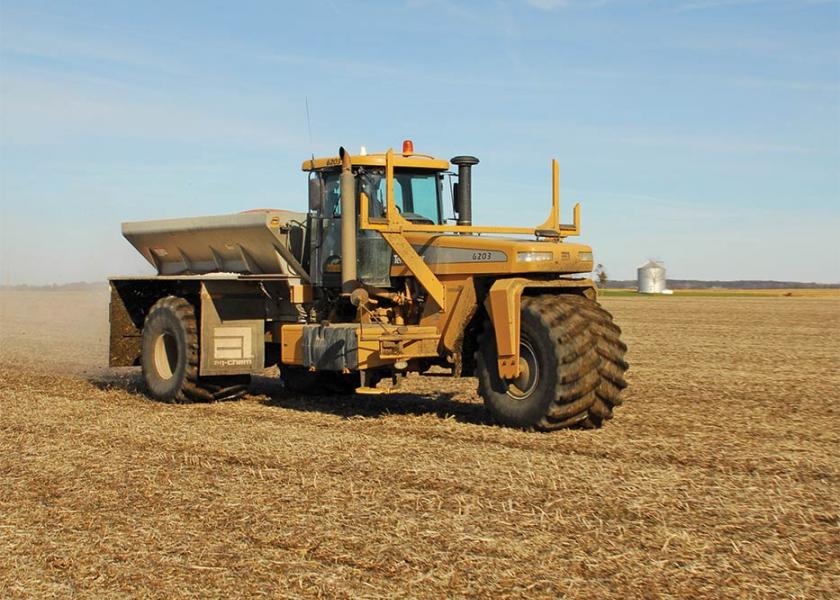If You Think Fertilizer Prices are Bad Now, Here's Why China Could Make the Situation Even Worse

The fertilizer market has been hit with black swans for nearly a year. And as farmers face anhydrous ammonia prices at $1500 per ton, prices are proof of just how bad the situation has become.
For those wondering if they should lock up their #fertilizer for the '23 corn crop, take a look at these #corn/fertilizer ratio charts.
Anything from July forward (dotted line) is what you would be securing 8 - 12 months out. Not a great relationship this far out. pic.twitter.com/8k7DYyCLmu — Josh Linville (@JLinvilleFert) March 18, 2022
Russia’s decision to stop exporting fertilizer for the remainder of 2022 is yet another chapter in the fertilizer frenzy ag retailers and farmers face. Josh Linville of StoneX Group says Russia is a major player in global fertilizer production.
“Russia is a major, major exporter across all of the major fertilizers,” says Linville. “Urea, they account for 14% of the global export total. UAN has been anywhere from 25% to 31% the last couple of years. Phosphate 10%. They are almost 20% of the global operating potash capacity of the entire world. They're a big deal. Losing Russian exports is a very big deal. I don't care where you are in the earth, it matters to you.”
Read More: The 4Rs can Help Reduce the Sting of Fertilizer Supply Logistics
However, even with Russia pulling off the world market, it still doesn’t create a “worst-case scenario” for fertilizer availability and prices. Linville says China holds the card for that scenario as Russia and China combined account for 40% to 45% of total global phosphate production.
“We are still working with the idea that China is going to come back to the export market in June of this year. If China steps out and says what you're doing to Russia is like an attack on us, we are going to attack we're going to take over Taiwan, we start to do the same thing to China, the rest of the world has done to Russia, then it gets worse than where we're at today,” says Linville.
Today, Linivlle says nitrogen prices have moved up the most at the farm level. Phosphate prices have also surged the past couple weeks and the markets seem to be waiting and watching what happens with China.
Friday, President Joe Biden is set to meet with China’s Xi Jinping. The White House says it plans to warn Beijing providing military or economic support to Russia will trigger consequences. Just earlier this week, the U.S. informed Asian and European allies that American intelligence determined that China had told Russia it would be willing to provide both military and financial support if Russia invaded Ukraine and faced sanctions by the West.
Last week, the USDA announced plans to put $250 million toward American-made fertilizer to give U.S. farmers more choices in the marketplace.
According to AgWeb, the program will only support American fertilizer production that is:
• Independent – outside the dominant fertilizer suppliers
• Made in America – produced in the United States by domestic companies
• Innovative –improve upon fertilizer production methods to jump start the next generation of fertilizers
• Sustainable – reduces the greenhouse gas impact of transportation, production, and use through renewable energy sources, feedstocks, formulations, and incentivizing greater precision in fertilizer use.
Linville has said bringing fertilizer production back to the U.S. is a move that would face both environmental and economic hurdles. The price of energy in the U.S. is expensive compared to places like China and Russia.
On Wednesday, Canada's Nutrien Ltd, the world's biggest fertilizer producer, said it plans to increase potash output by nearly 1 million tonnes this year to about 15 million tonnes in response to the uncertainty of supply from Eastern Europe.







